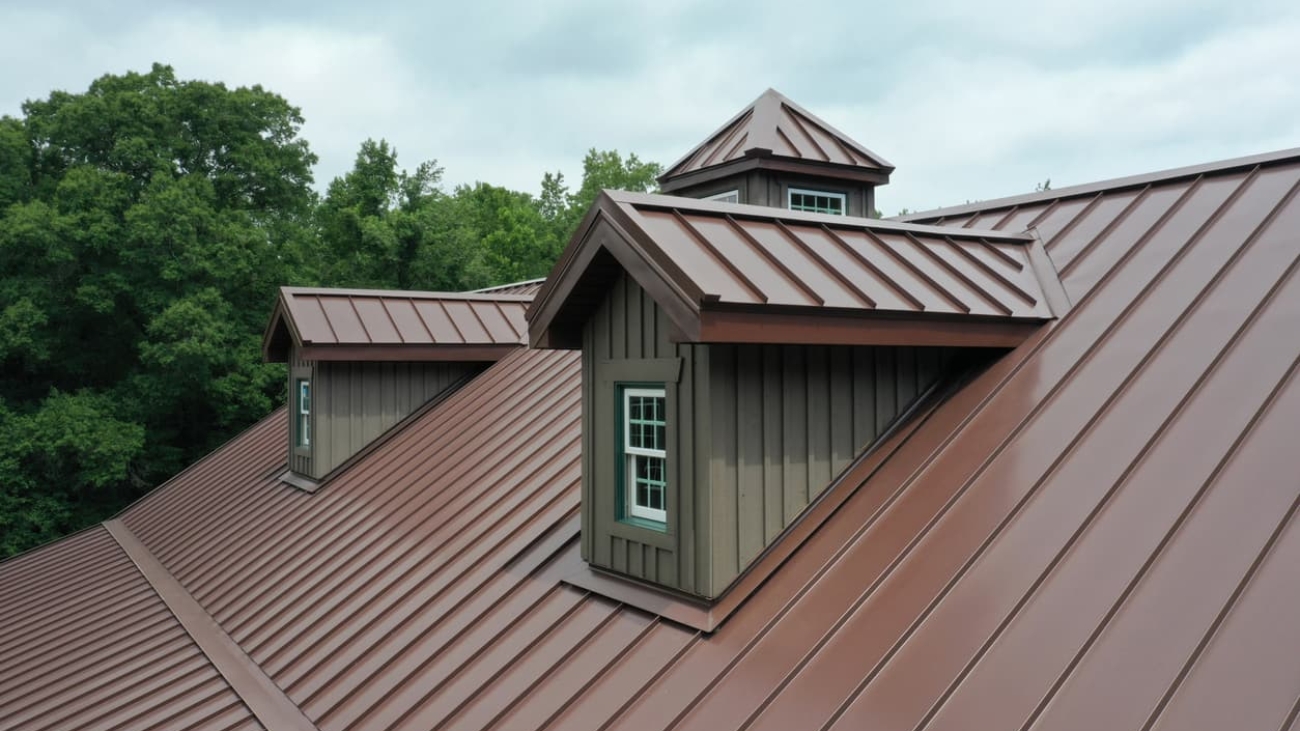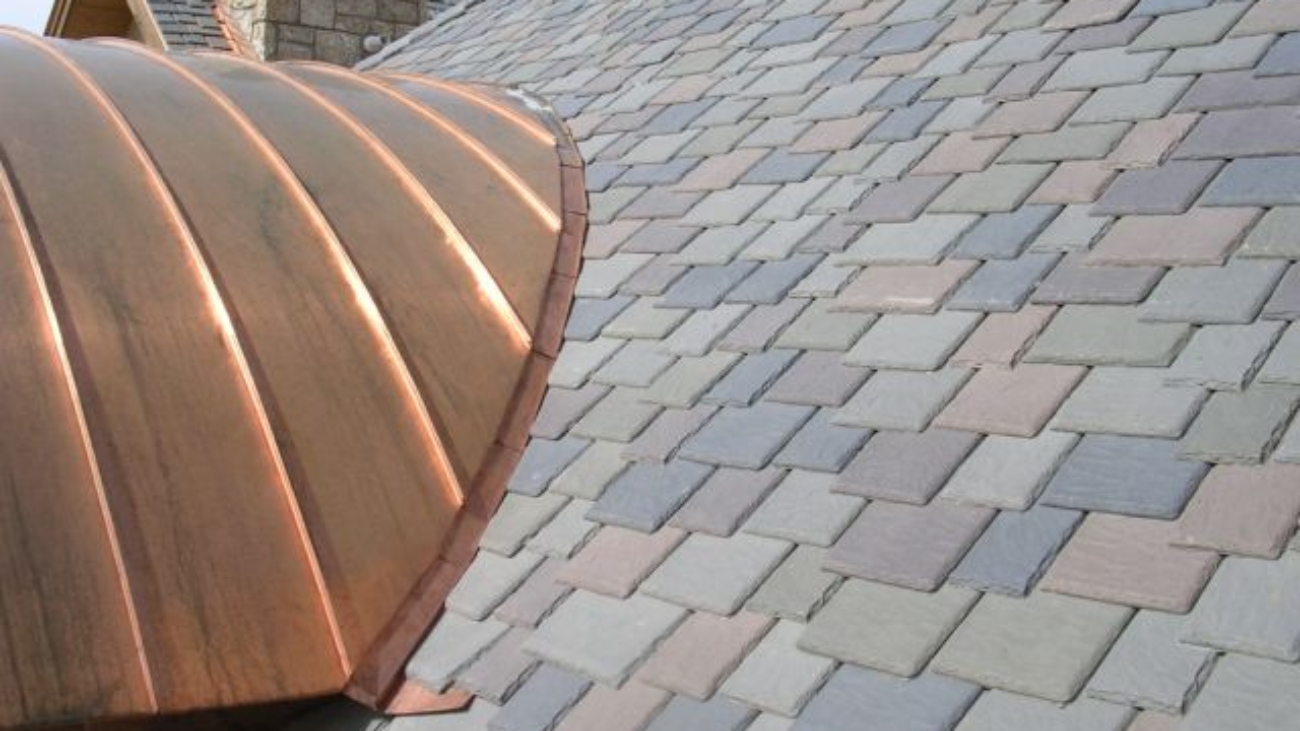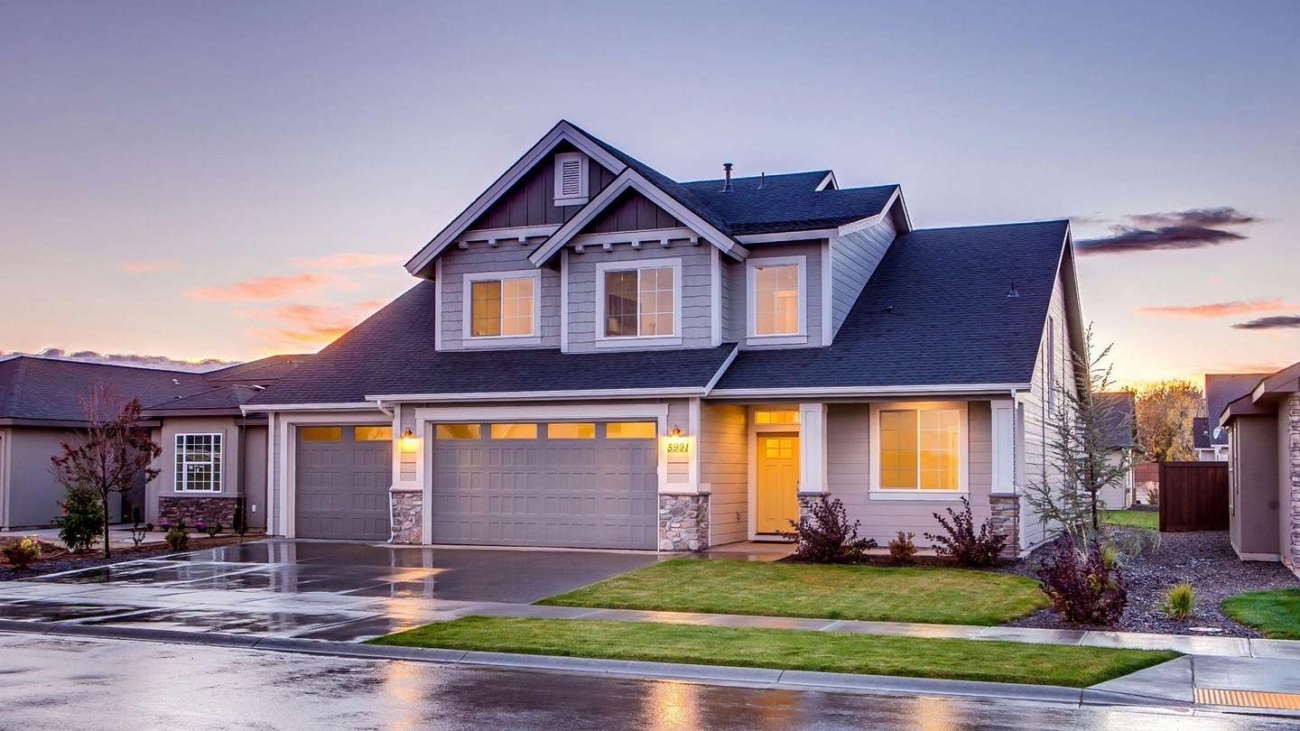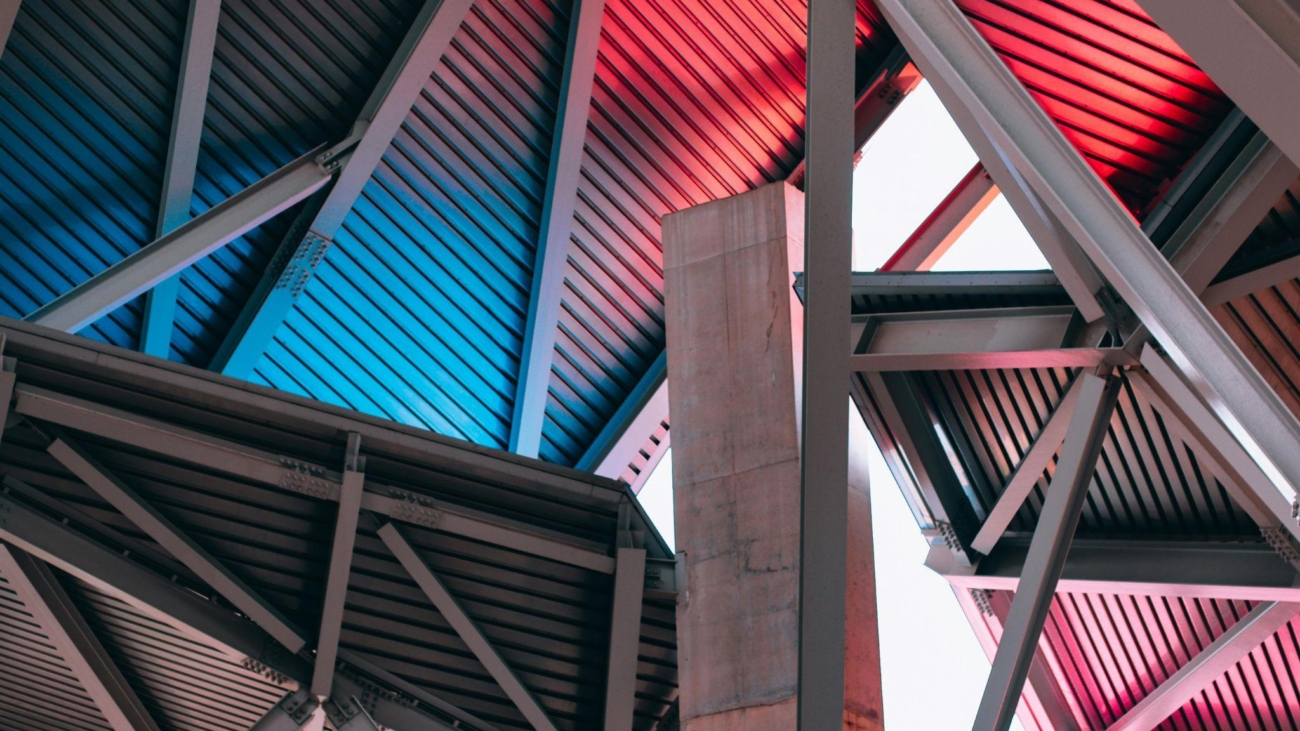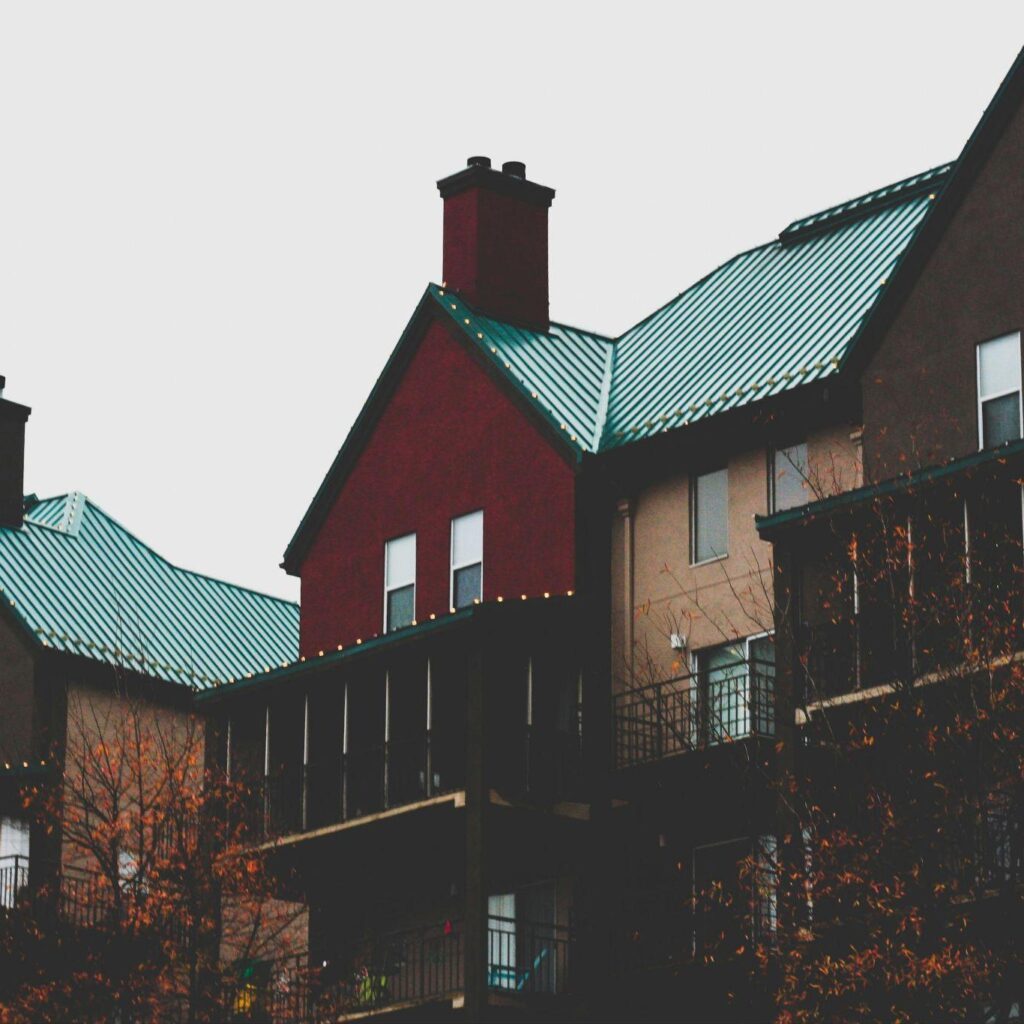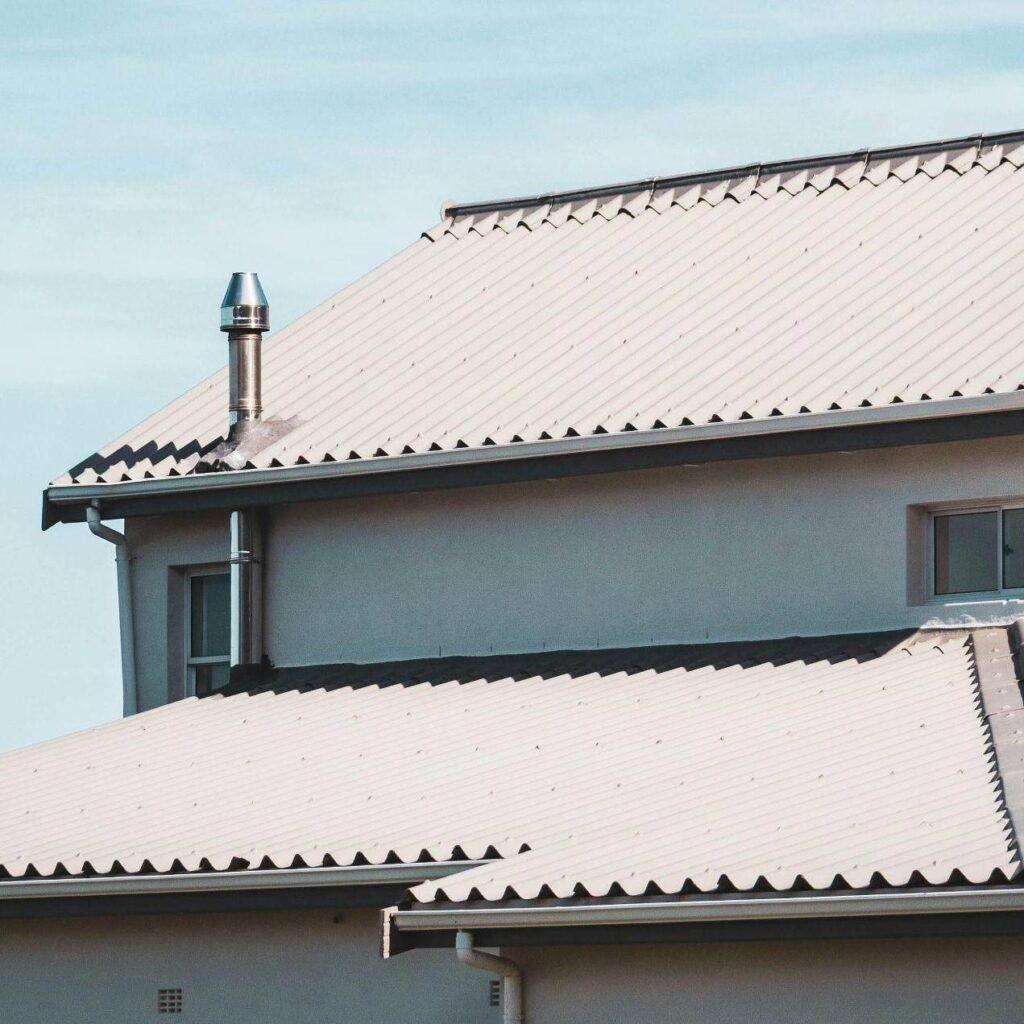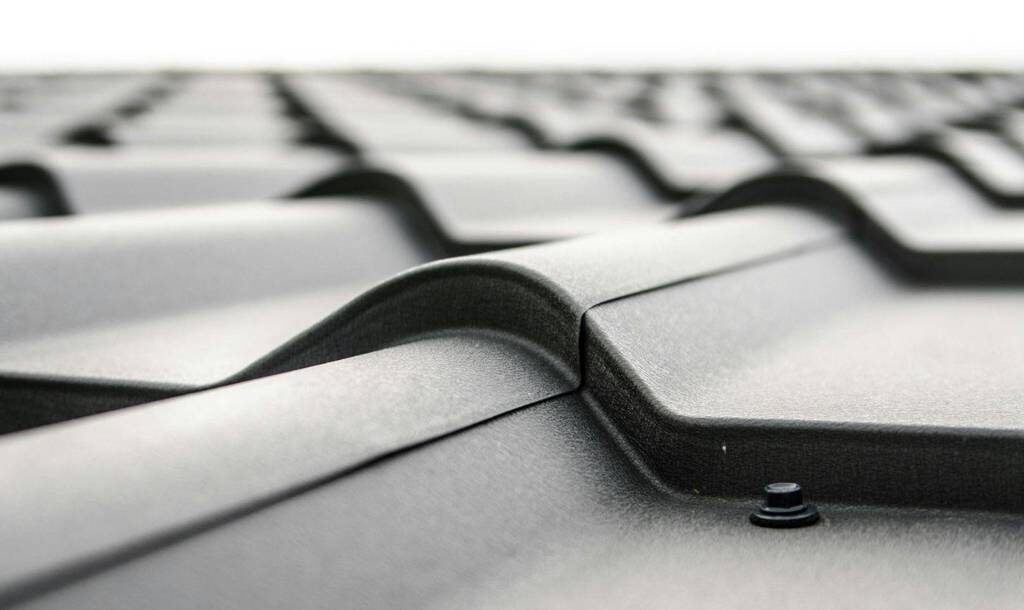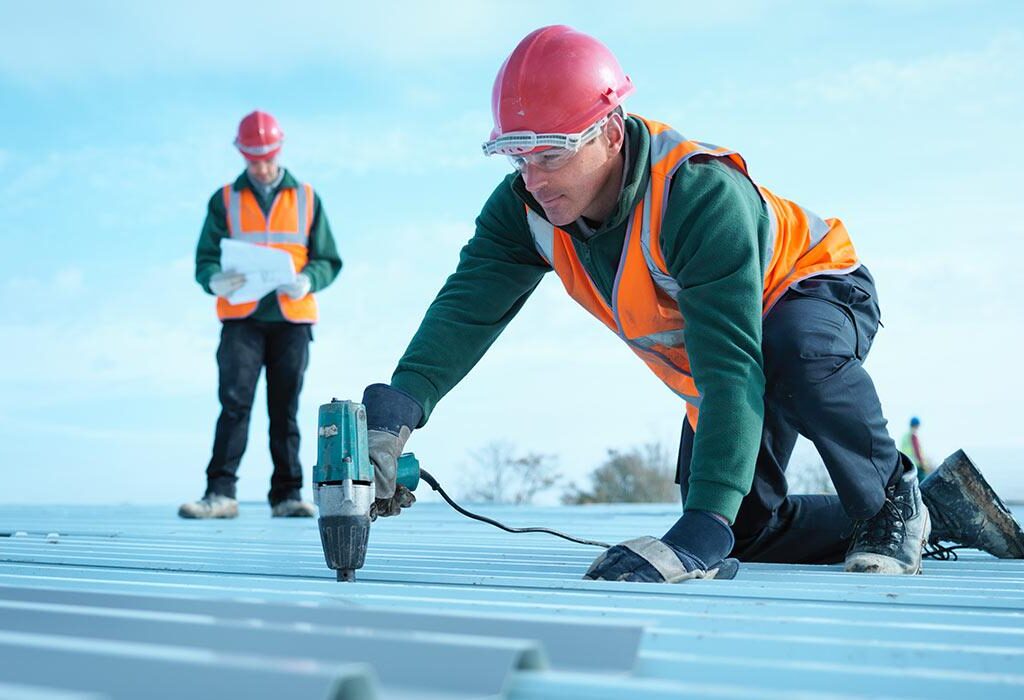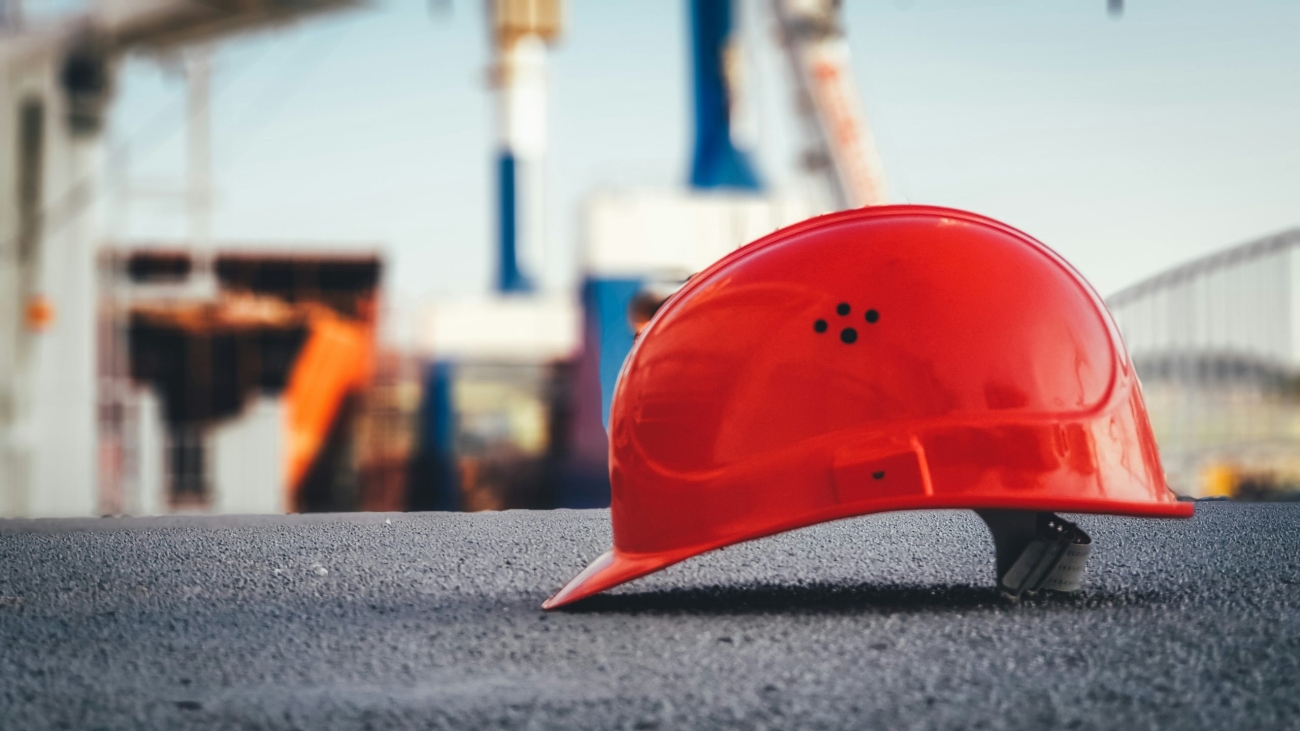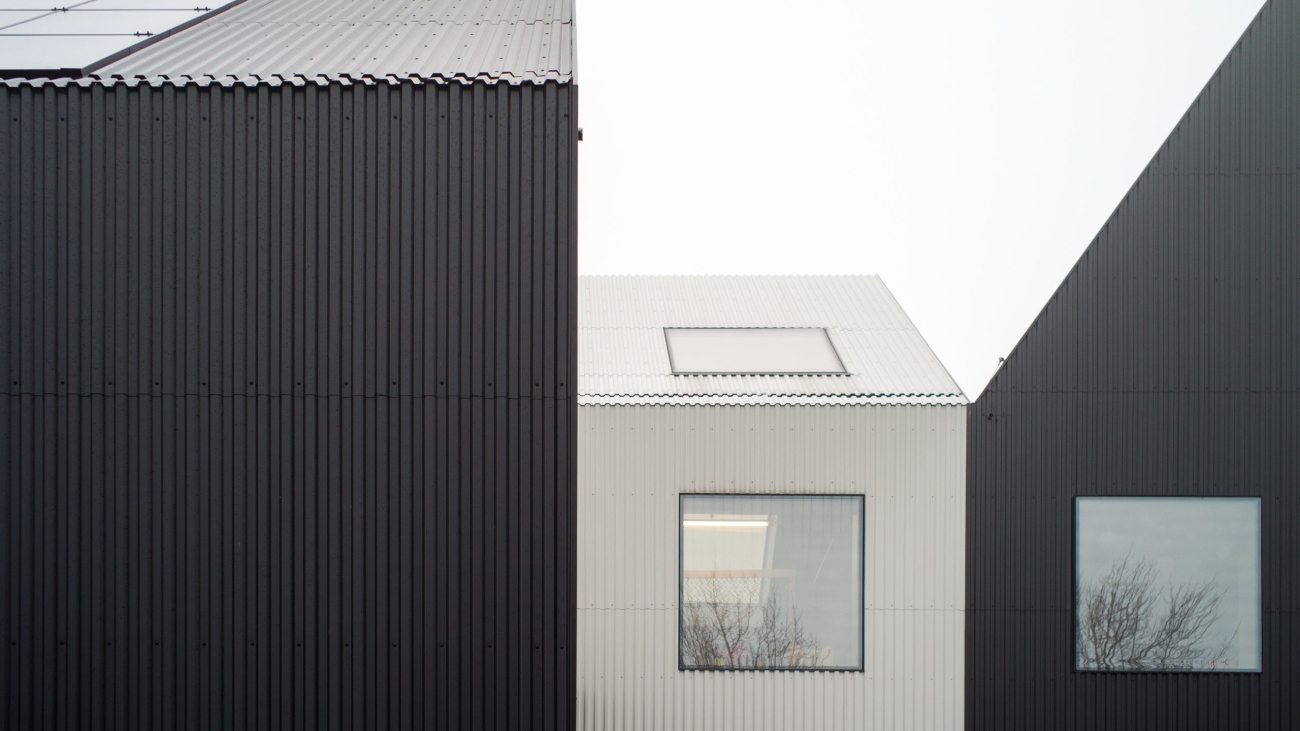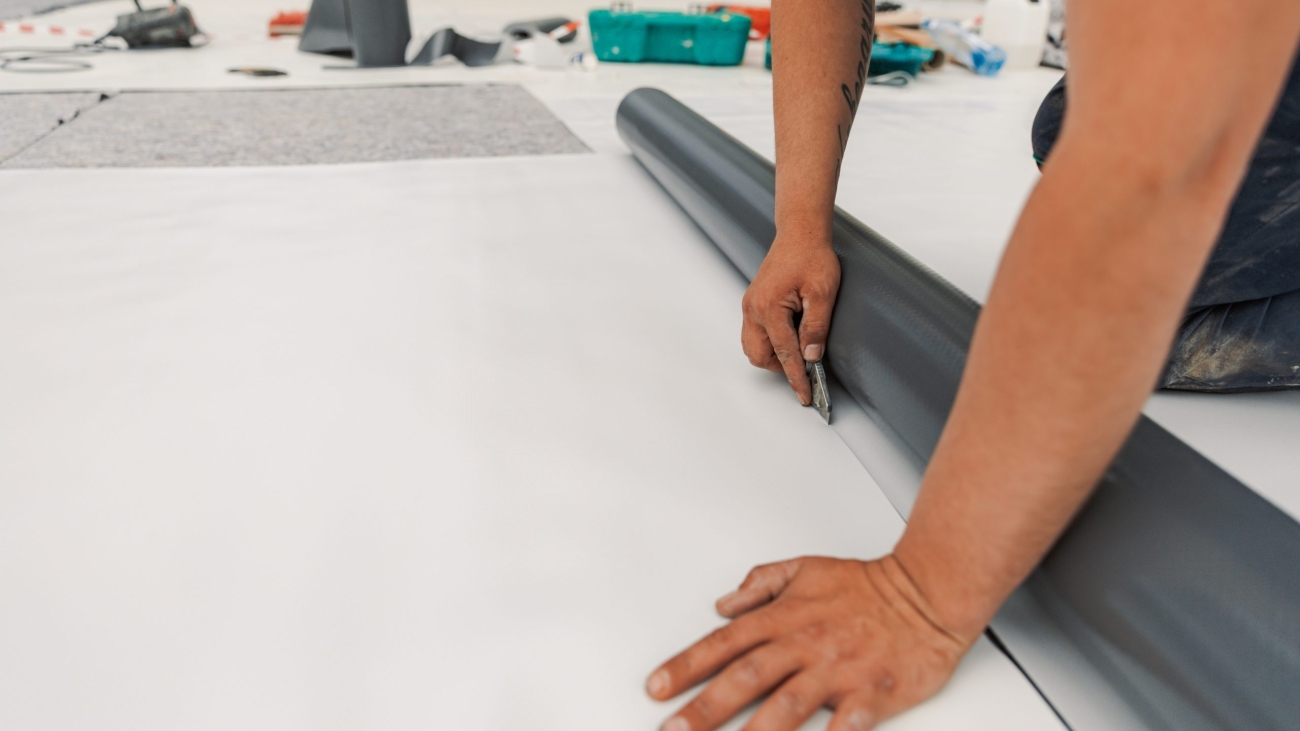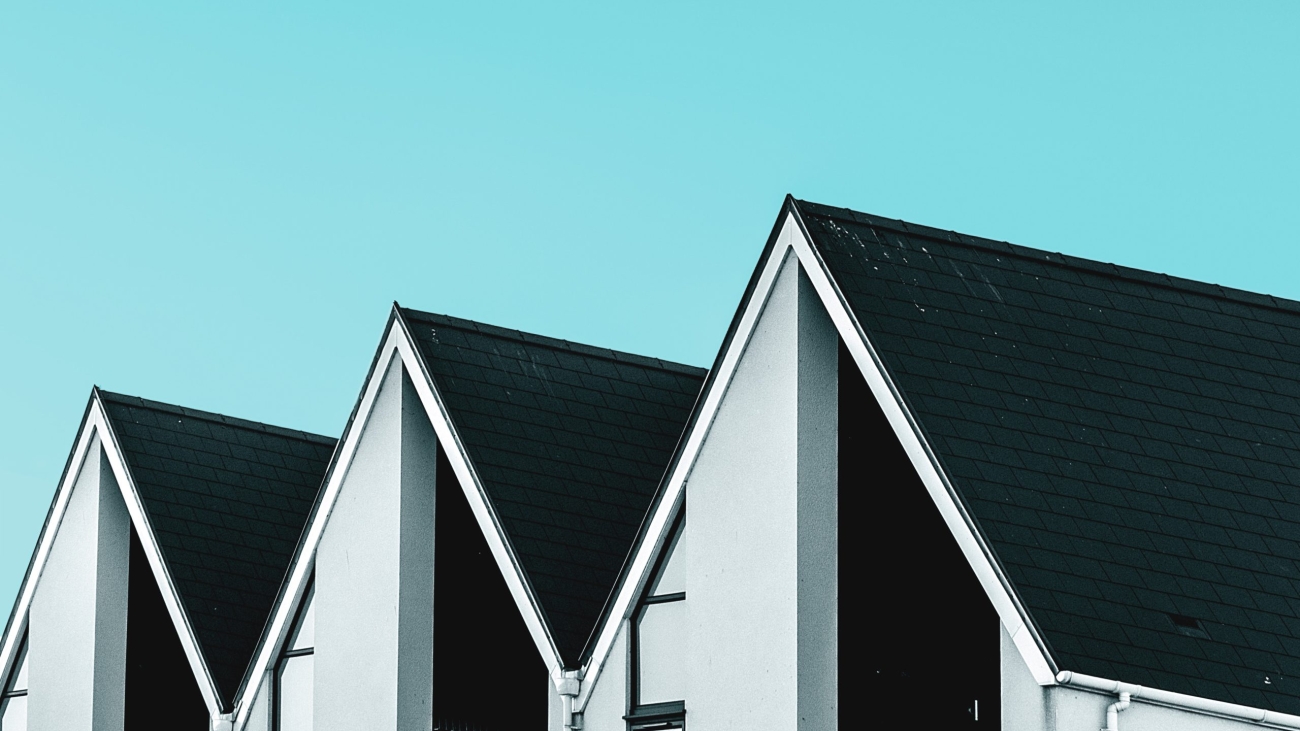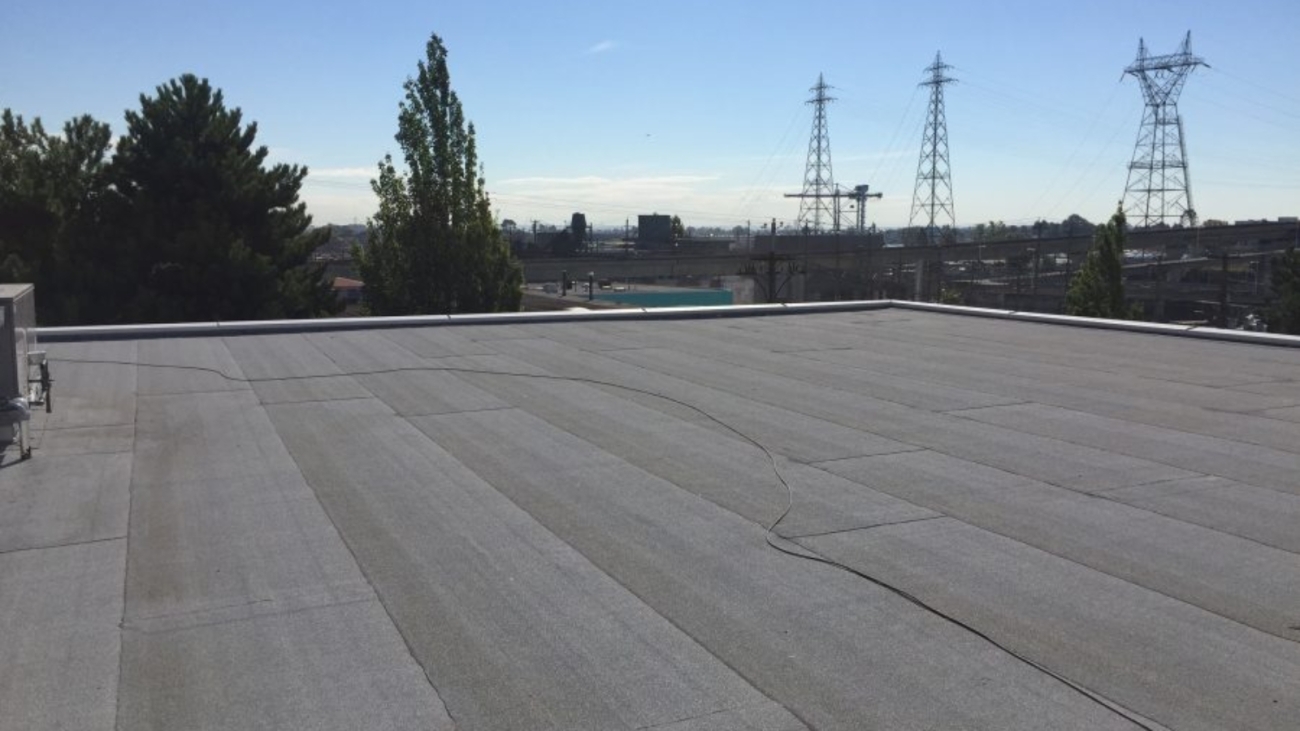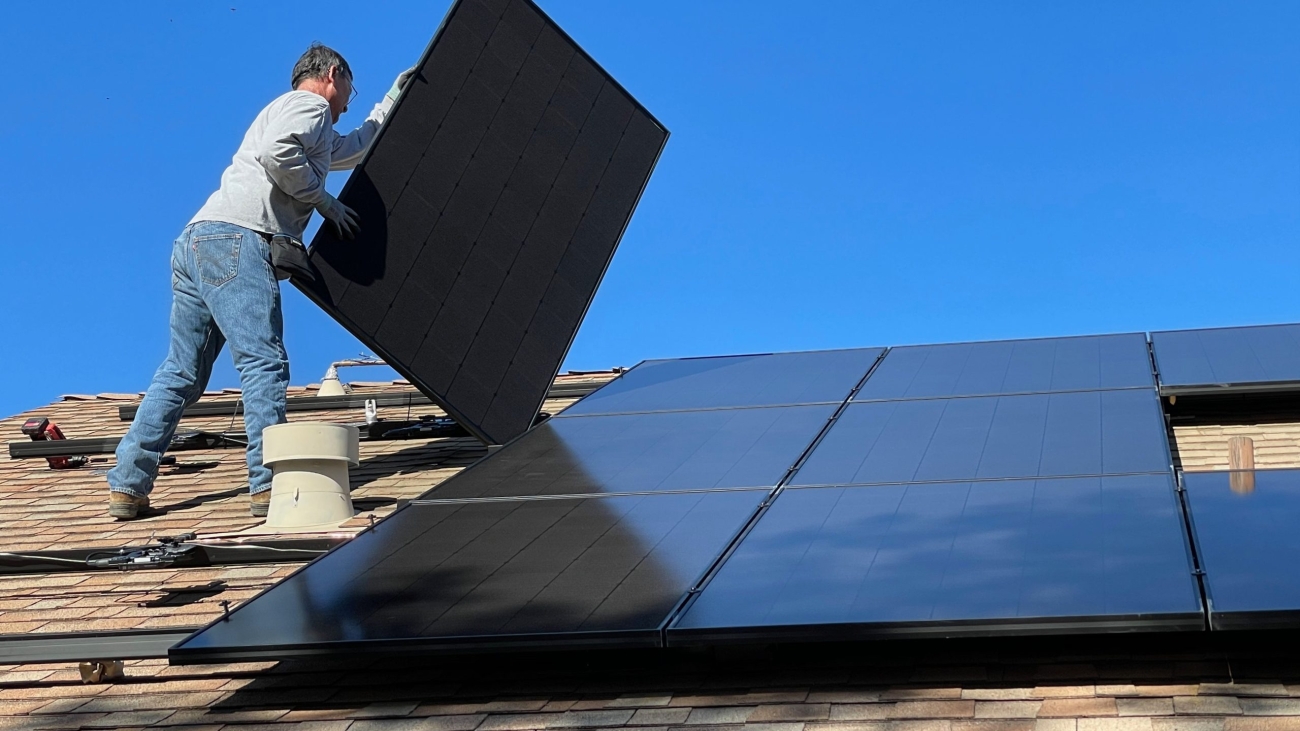You might have noticed lately that metal roofs are taking over, becoming more and more popular not just in areas with heavy snowfall, but in milder climates like Vancouver, too.
What is Synthetic Roofing?
When you next walk through a residential neighbourhood in Vancouver, take a look at what’s around you. What percentage of the roofs around you are made with asphalt shingles?
Probably almost all of them.
In recent years, however, synthetic roofing has started to gain significant popularity among homeowners and commercial property managers alike. But what is it? And does it really offer any advantages over conventional roofing methods?
Types of Shingles
Choosing shingles? But aren’t all shingles essentially the same aside from their colour?
Unfortunately, it’s not that simple.
Providing Free Estimates
Providing free estimates
Nestled in the heart of Vancouver, British Columbia, Cambie Roofing isn’t just a roofing company – it’s a symbol of reliability and excellence. Our dedication to professionalism, attention to detail, and trustworthiness is epitomized through the practice of offering free estimates. In this blog, we will delve into the reasons why choosing a roofer that provides free estimates, like Cambie Roofing, is essential. Additionally, we’ll shed light on some of the most common findings during the estimate process, demonstrating our unwavering commitment to customer service, competitive pricing, and quality workmanship.
Comprehensive Understanding Through Free Estimates:
Choosing a roofer that provides free estimates is a prudent decision for homeowners and businesses alike. It offers a comprehensive understanding of the scope and cost of a roofing project, empowering clients to make informed decisions. Cambie Roofing’s free estimates serve as a detailed roadmap, providing clarity on necessary repairs, or maintenance requirements for both residential and commercial projects.
Identifying Potential Issues:
During the estimate process, Cambie Roofing’s experienced team often identifies common roofing issues that may go unnoticed by the untrained eye. From leaks and water damage to deteriorating shingles and structural concerns, our free estimates are not just about pricing; they serve as a diagnostic tool. This proactive approach enables us to address potential issues early on, preventing more extensive damage and costly repairs in the future.
Tailored Solutions for Different Roof Types:
Every roof is unique, and Cambie Roofing recognizes the importance of providing tailored solutions for different roof types. Whether it’s a sloped residential roof or a flat commercial roof made from various materials, our free estimates take into account the specific needs and challenges associated with each type. This ensures that our clients receive personalized recommendations and accurate cost assessments based on the characteristics of their roofing system.
Transparent Communication:
Choosing a roofer that offers free estimates is synonymous with transparent communication. At Cambie Roofing, we believe in keeping our clients well-informed throughout the estimation process. Our team explains the findings in a clear and understandable manner, discussing identified issues, proposed solutions, and associated costs. This transparency builds trust and allows clients to make decisions based on accurate information.
Cost-Efficiency and Budget Planning:
One of the practical advantages of opting for a roofer that provides free estimates is the opportunity for cost-efficiency and effective budget planning. Cambie Roofing’s competitive pricing, coupled with detailed estimates, allows clients to plan their roofing projects with confidence. Knowing the anticipated costs upfront enables homeowners and businesses to allocate resources efficiently and avoid unexpected financial surprises.
The Cambie Roofing Experience: Over 75 Years of Excellence
Cambie Roofing’s journey spans over 75 years, representing a legacy of excellence and a commitment to delivering top-notch roofing solutions. Our wealth of experience not only ensures the highest standards of craftsmanship but also positions us as leaders in the industry. Throughout our storied history, we’ve honed our skills, embraced evolving technologies, and maintained an unwavering dedication to customer satisfaction.
Why Choose Cambie Roofing?
Expertise:
With over 75 years in the industry, Cambie Roofing brings unparalleled expertise to every project. Our seasoned professionals understand the intricacies of different roofing systems and materials, ensuring that each estimate is a product of extensive knowledge and experience.
Local Understanding:
Situated in Vancouver, British Columbia, Cambie Roofing possesses a deep understanding of the local climate and its impact on roofs. This localized knowledge allows us to tailor our solutions, ensuring that your roofing project is equipped to withstand the specific challenges posed by the environment such as long periods of heavy rainfall.
Innovation and Tradition:
Cambie Roofing seamlessly blends innovation with tradition. While our techniques are cutting-edge, our commitment to traditional values like honesty, integrity, and quality workmanship remains unwavering. This fusion sets us apart, providing clients with modern solutions anchored in time-tested principles.
Conclusion:
Cambie Roofing stands as a testament to the benefits of choosing a roofer that stands proud on providing free estimates. Beyond the cost evaluation, our free estimates offer a comprehensive understanding of the project, identify potential issues early on, and provide tailored solutions for different roof types. With transparent communication, competitive pricing, and over 75 years of experience, Cambie Roofing is the trusted choice for those seeking professionalism, attention to detail, and quality workmanship in their roofing projects. Our legacy speaks for itself – a legacy built on excellence, trust, and a commitment to exceeding expectations. Choose Cambie Roofing for a roofing experience that combines tradition with innovation, ensuring the longevity and resilience of your home or business.
Best Metal Roofing For Residential Areas
Best Metal Roofing for Residential Areas
Even in a city like Vancouver, the popularity of metal roof products has increased dramatically over the past decade, a clear sign that homeowners and builders are growing more and more aware of the benefits of this roofing. In fact, during the last ten years, a whole new type of metal roof materials has hit the market. These are a far cry from the old, expensive metal roofs which used to be on the market. Today’s metal roofs serve as high-tech answers to the need for durable, fire-resistant, lightweight roofing that looks at home on a house – and are cost effective too!
When considering a metal roof, you’ll first want to determine the fundamental look you want it to have. Residential metal roofing comes in two basic forms that are very different in appearance: sheet-like panels and shingles. Within these two categories, there are many variations, colours, and patterns.
Benefits of Metal Roofing Systems
The primary benefit of metal roofing is longevity. Manufacturers routinely offer 50-year warranties and even lifetime, non-prorated warranties. They claim their products will last two to four times longer than roofs with asphalt shingles. By avoiding one or two re-roofing jobs during the life of the metal roof, you will more than offset the higher initial cost.
There are other advantages, as well. Metal roofs are lightweight, sometimes allowing them to be installed directly over old roofs. Additionally, metal roofs are effective in preventing the spread of fire when hot embers fall on them. This could mean the difference of saving some of your most precious photographs or losing them in the event of a house fire. In fact, some insurance companies will give you a discount if you have a metal roof. In addition, metal roofing is made with a large percentage of recycled metal—often 95 percent—and when its useful life is done, it can be recycled again. No worries about it filling up dwindling space in landfills.
Metal Roof Materials
Residential metal roofing is generally made of steel, aluminum, or copper. Rolls of 24- or 26-gauge steel sheets are given a metallic coating to prevent rust, followed by a baked-on paint finish. Aluminum sheets don’t require the metallic coating but do get painted. Copper, often called a natural metal product, is neither coated nor painted, because it weathers without corroding. It is sometimes used for special features, such as the roof of a prominent bay window.
Metal Roof Textures and Finishes
Metal roofing products can be stamped into many shapes and are typically installed as interlocking panels with hidden fasteners. Viewed from a distance, they offer fairly convincing renditions of shingles and tiles.
Standing-seam metal roofs look exactly like what they are–long sheets of painted steel with vertical seams. From a design perspective, they are a purer product but not suitable for every home. Standing-seam roofs are perhaps best matched to the simple lines of cabins and contemporary home designs.
Myths About Metal Roofs
Myths and legends get started about all sorts of people, places, and building material. Metal roofing has more than its share, perhaps because it has undergone so many transformations over the years. Here are the most common myths about metal roofing:
• It will increase the likelihood of a lightening strike. Metal conducts electricity, but electricity is not drawn to it so you don’t need to worry about stormy weather.
• Metal roofs are noisy in the rain. Not so. They may even be quieter than other roof types
• A metal roof will make your house colder in winter. Actually, a metal roof has no effect on the temperature of the typical vented attic in winter. It’s the insulation under the floor of your attic that keeps you warm.
• Metal roofs are susceptible to damage by hail. While extremely large hailstones can dent a metal roof, normal hailstorms will not. With textured roofs, minor denting is not readily visible.
• You cannot walk on a metal roof. You can, but you have to know how to do it without causing damage. Check with the manufacturer of the product you choose.
Metal Panel Roofing
The most familiar pattern of panel-style metal roofing, “standing-seam roofing,” has raised ribs every 6inches or foot and is applied vertically on a roof and doesn’t attempt to look like anything other than what it is. It has a decidedly commercial look that is favoured by architects for its honest, clean, contemporary look, It is commonly used on homes ranging from mountain cabins to modern masterpieces but would look very out-of-place on a Colonial home.
Metal Shingle Roofing
Metal shingle-style roofing is quite different than sheet roofing. With this style, metal is formed into shapes that imitate Spanish tile, wood shakes, or slate. In addition, these shingles are typically given multiple-layer factory finishes that may include granulated-stone topcoats to complete the realistic effect.
Conclusion
Because a new roof is a major investment and something you’re likely to live with for a long time, it’s important to choose your roofing contractor carefully. This holds true for all types of roofing contractors but is even more important with metal roofing contractors because application of a metal roof is a specialty that requires skills and tools that are quite different than those used for installing more-typical roofing products. Whereas a typical roofing contractor can install wood or asphalt shingles, it takes a specialist to install mot types of metal roofing. At Cambie Roofing, we are experienced with all types of metal roofs and give you a fair quote.
For sheet metal roofing systems, choose a contractor who has had at least three years of experience installing metal roofs.
The best way to find a good metal roofing contractor is through friends and neighbors who have had similar work done. At Cambie Roofing we have an excellent reputation. Just look at our testimonies or ask any of our customers. If you ask, we’re happy to refer us to some of our happy clients.
Make appointments with at least three professional roofers. Make sure they are well experienced at the type of roof you intend to have installed. After talking to a couple of contractors, we know you’ll be happy to come back to us.
Originally published June 2018,
Updated and republished Dec. 2023
What is TPO roofing?
What is TPO roofing?
When it comes to choosing the right roofing option, there are so many choices on today’s market it can get a little overwhelming. In this blog post we are going to answer the question ‘what is TPO roofing?’ – as well as dive into the advantages and disadvantages, what it is, how to install it and if it’s the right choice for you. TPO stands for Thermoplastic Olefin which is a single-ply roofing material made from rubber and reinforcing fillers.
TPO is installed in large sheets that are welded together at the seams using heat. This achieves a seamless and water resistant finish. TPO is typically used for commercial and industrial projects but has been gaining popularity in residential projects.
TPO roofing advantages
Durability: TPO roofing is recognized as an extremely durable roofing material. Because of this, it is favoured in climates with different weather conditions such as intense rainfall, strong winds, hail and extreme temperatures – both hot and cold. The materials found in TPO can withstand tears and punctures caused by these weather conditions.
Cost-Effective: TPO roofing is a very popular choice for those looking to keep costs relatively low. The initial installation cost is low and because of its long lifespan, you won’t be spending a lot of money on maintenance or repairs either.
Low Maintenance & Long Lasting: As mentioned above, TPO roofing is low maintenance. If you want a roofing system installed that doesn’t require much upkeep then TPO roofing might be a good choice. TPO is resistant to chemicals and is less likely to support algae growth.
Environmentally Friendly: Because TPO is 100% recyclable, it is considered an environmentally friendly option. So even when the time comes that it does need replacing, your materials will be recycled. So if you’re looking to reduce your environmental impact, opt for TPO.
TPO roofing disadvantages
Limited aesthetic options: TPO roofing materials can be found in some colours but the selection is not extensive. So if you’re looking for a specific colour to match your aesthetic preferences, TPO might not work for you.
Welding Complexity: Proper installation of TPO roofing requires skillful heat welding of seams. If not done correctly, seam failures can occur, leading to leaks and other issues. It’s important to hire the experts at Cambie Roofing as this is not a DIY project.
Variability in Quality: The quality of TPO membranes can vary between manufacturers. It’s crucial to select a reputable TPO product from a trusted manufacturer to ensure the best performance. The experts at Cambie Roofing choose only the best materials so not to worry!
Despite these disadvantages, TPO roofing is a very popular choice thanks to its reliability, cost-effectiveness and environmental benefits.
Installation process
It is recommended you hire the professionals at Cambie Roofing to install your TPO roofing system. To do so, this system is installed as a single-ply membrane. Firstly, we will prepare your existing roof surface by extensively cleaning it, as well as remove debris. Then we will install insulation to ensure energy efficiency, while providing a stable layer for the TPO membrane.
Next, we will lay out the TPO sheets and attach them together using professional adhesives. Once laid out, the seams between the sheets will be welded together using heat – this creates a water resistant seal. After this, we will ensure all flashing and detail work is perfected to ensure the entire roof is waterproof. Lastly, our qualified team members will perform an inspection to ensure that the roofing system meets all quality standards.
Final thoughts
There are some factors to consider when choosing a roofing system that is best for you. TPO is suitable for most commercial and industrial projects however it can be used on residential builds as well. Take into consideration your budget, climate, building type, local building codes and your overall aesthetic preferences when considering TPO. This type of roofing is durable, emergency efficient, cost effective and easy to maintain. If TPO does align with your specific requirements, give us a call today and we will provide you with a free estimate. A properly installed and maintained roof will last your home or commercial building for years to come.
Choosing a sustainable roof coating
Choosing a sustainable roof coating
Whether you’re a homeowner or a business owner who needs roof work, it is imperative that you choose materials that not only protect against the elements but something that offers you a good investment. In this blog post we are going to dive into sustainable roof coatings which have gained popularity in recent years.
These coatings are environmentally friendly but they are also good for your pocket as they lower overall energy consumption. In addition, they will extend the lifespan of your roofing system while minimizing the environmental impact your property has. Continue reading to learn about what roof coatings are, the sustainable options available in today’s market, why you should opt for a sustainable roof and all of the benefits that come with sustainable roof coatings.
What is a roof coating?
A roof coating is a fully adhered fluid that is applied to your existing roof system which works as a protective layer against harsh weather conditions. This protective layer also known as a fluid roofing membrane has a plethora of benefits in addition to weather protection, this includes durability, energy efficiency, cost effectiveness and positive environmental impacts.
Roof coatings are available in many forms whether that be polyurethane, silicone or acrylic among others. Once a roof coating liquid is applied to your roofing system, it will extend the life of your roof while lowering the need for repairs and replacements. A roof coating is always recommended to help extend the longevity of your roof.
What makes a coating sustainable?
If you want to add a sustainable roof coating to your roofing system, there are a few things to look for.
Cool roof coatings: These coatings are reflective which means they reduce the amount of heat that your roof absorbs. In turn, it will help lower your utility bills because you won’t need to run your HVAC as much! A cool roof coating helps keep money in your pocket while also decreasing your carbon footprint, a win-win.
Recycled materials: Some roof coatings can be manufactured from recycled materials which is wonderful for the environment. Ask us, the experts at Cambie Roofing about the different materials available and if utilizing recycled materials is possible for your project. If it is, you’re contributing to reduced waste and the conservation of valuable materials.
Low volatile organic compounds: Also known as low VOC, these roof coatings are made up of less chemicals which means less harmful emissions. These compounds also make for a safer work environment for the roofing installers as well as the people living beneath the roof!
Polyurethane roof coatings
Polyurethane materials contribute to the sustainable preservation of energy. These roof coatings are extremely durable and waterproof, making them a popular choice within the roofing industry. If your building or home is situated in a wet area with plenty of rainfall, having a polyurethane roof coating is going to protect your roof from the elements. These coatings can be applied to various roofing substrates such as foam, concrete and metal.
Silicone roof coatings
Silicone roof coatings are another great option although they are mostly used on flat and low-slope roofing projects. That’s why they are more popular among commercial and industrial builds. Silicone is very long lasting and is wonderful when it comes to UV resistance – making it another sustainable roof coating option. In addition, it is waterproof and weather resistant.
Acrylic roof coatings
Lastly, acrylic roof coatings are another sustainable and versatile option. If your roofing project calls for the restoration of an existing roof, you may want to consider an acrylic roof coating. They are used to restore a plethora of materials including single-ply membranes, asphalt, metal and more. Both used in the residential and commercial roofing worlds, acrylic coatings help reduce heat absorption, in turn lowering your utility bills.
Why choose a sustainable coating
There are a multitude of benefits that come with choosing a sustainable roof coating. The obvious is the positive environmental impacts they offer which help contribute to a greener future in an industry that historically was not environmentally friendly. These coatings are also energy efficient because they reflect heat which means a cooler and more comfortable indoor temperature. Again, this lowers the need for air conditioning which saves you money and reduces your reliance on energy.
It’s important to invest in a roof coating because it acts as an extra layer of protection from any weather conditions your home or business may face. This includes heavy rain, hail, extreme periods of heat, wind and snowfall. By extending the lifespan of your roof, you won’t have to spend nearly as much on repairs or premature replacements. Even if the initial investment costs you money, the longer term financial benefits will prove worth it. These coatings can also help increase your property value which will come in handy if and when you decide you want to sell. Many purchasers look for sustainable features and having an eco-friendly roof could be a main selling point.
Final thoughts
Choosing a sustainable roof coating for your property is a wise investment that benefits your building and the environment. The experts at Cambie Roofing are happy to discuss the various options available to you as well as provide you with a free estimate for your project. Benefit from the various advantages such as being more eco-friendly, energy efficient, reduce your maintenance costs, extend the lifespan of your roof and more.
Exploring rolled roofing systems
Exploring rolled roofing systems
When it comes to roofing solutions, one option that often flies under the radar is rolled roofing. Rolled roofing offers a cost-effective, practical, and efficient way to cover flat or low-slope roofs. In this comprehensive blog post, we’ll delve into exploring rolled roofing systems, the most popular types and the advantages and disadvantages of this roofing option. We will also touch on when choosing a rolled roofing system is the best option for you.
What Is Rolled Roofing?
Rolled roofing, also known as roll roofing, is a roofing material commonly used on low-slope or flat roofs. Unlike traditional shingles, rolled roofing typically comes in rolls, making it easier to install on large surfaces. This cost-effective roofing material is often made from materials such as asphalt, rubber and fiberglass.
Low-Slope and Flat Roofs:
Low-slope roofs are a type of roofing design characterized by a gentle incline, often with a pitch ranging from 2:12 to 4:12. In simpler terms, for every 12 horizontal inches, the roof rises only 2 to 4 inches. Low-slope roofs are commonly found on various structures, including commercial buildings, modern residential homes, and industrial facilities.
Flat roofs, on the other hand, are nearly horizontal or have a very slight slope, typically ranging from 1:12 to 2:12. These roofs are nearly level and are often used in commercial and industrial settings, as well as in some residential architecture. Despite being called “flat roofs,” they usually have a slight pitch to facilitate water drainage.
Rolled roofing
Rolled roofing is a great option when it comes to affordability. Because it is cost-effective, it is great for those who are on a tight budget. The materials that make up rolled roofs are inexpensive and the installation process is very easy. The experts at Cambie Roofing can complete rolled roofing projects in a very timely manner so if you need a roofing system installed fast, rolled roofing might be the best option for you. It is also known to be low maintenance which means with regular inspections and minor fixes, your rolled roof can have a good life.
There are some disadvantages to rolled roofing systems such as limited lifespans. Compared to other roofing systems, rolled roofs don’t last the longest. Typically you’ll get between five and 15 years from your rolled roofing system. Secondly, rolled roofs are not the prettiest. You don’t get the modern style from rolled roofs that you would get with materials such as slate or shingles. They also don’t come in many colour options which can deter some homeowners. Lastly, they aren’t the best at fending off extreme weather conditions like heavy snow and strong winds and don’t offer a lot of insulation.
Asphalt Rolled Roofing:
Advantages:
Affordability: Asphalt rolled roofing is one of the most budget-friendly roofing options available.
Ease of Installation: It is relatively easy to install which means lower labor costs.
Quick Installation: Contractors can complete asphalt rolled roofing projects swiftly.
Low Maintenance: It requires minimal upkeep.
Disadvantages:
Limited Lifespan: Asphalt rolled roofing typically has a shorter lifespan compared to other materials, ranging from five to 15 years.
Aesthetics: It may not be the most visually appealing option for residential homes.
Vulnerability to Extreme Weather: It may not provide the same level of protection as more robust roofing systems in areas with harsh weather conditions.
Rubber Rolled Roofing:
Advantages:
Resistance: Rubber roofing, often made from EPDM (Ethylene Propylene Diene Monomer), is known for its resistance to extreme temperatures, UV radiation, and ozone exposure.
Durability: EPDM rubber roofing can last 20 years or more.
Low Maintenance: It generally requires minimal maintenance.
Versatility: Suitable for flat or low-slope roofs.
Disadvantages:
Higher Upfront Cost: Rubber rolled roofing can be more expensive than asphalt.
Modified Bitumen Rolled Roofing:
Advantages:
Waterproofing: Modified bitumen roofing excels in waterproofing.
Durability: It is resistant to temperature fluctuations and suitable for both residential and commercial applications.
Installation Options: Can be installed using a torch-down or self-adhesive method.
Disadvantages:
Limited Aesthetic Options: There are limited color choices.
When to Choose Rolled Roofing
Temporary Roofing Needs: Rolled roofing is an excellent choice for temporary roofing needs, such as covering a shed, garage, or small outbuilding. Its affordability and ease of installation make it a practical solution for these applications.
Low-Slope or Flat Roofs: Rolled roofing is designed for low-slope or flat roofs, where other roofing materials may not be as effective. If your home or building has a roof with a gentle pitch, rolled roofing can be a suitable option.
Limited Budget: If you’re working with a tight budget and need to replace or install a roof quickly, rolled roofing can be a cost-effective choice that doesn’t compromise on quality.
Conclusion
Exploring rolled roofing systems is not something that everyone is well versed in. Rolled roofing, available in various materials such as asphalt, rubber, and modified bitumen, offers a practical, budget-friendly, and versatile solution for roofing needs. While it may not be the longest-lasting or most visually appealing option, it excels in affordability, ease of installation, and low maintenance requirements. Consider your budget, roof slope, and intended lifespan when choosing rolled roofing for your project. When used in the right circumstances, rolled roofing can provide reliable protection and value for your investment, making it a viable choice for many homeowners and builders. Reach out to us at Cambie Roofing today if you would like a free estimate or have any questions related to rolled roofing.
Modern roofing materials
Modern roofing materials
Trends come and go within our society on a regular basis, this is especially noticeable with fashion. Certain things that once were in style no longer are while other things have come back into style, full force. This also applies to the look of our homes and in this blog post we will dive into all modern roofing materials as well as the do’s and don’ts when it comes to following these trends. Many modern roofing materials are not only aesthetically pleasing, they offer benefits that older materials never could.
Synthetic materials
Many homeowners and commercial building owners now opt for synthetic materials when building their roofs. This is because they offer durability while typically using recycled materials. Things like synthetic slate and shake are common choices, being made from recycled polymers. These materials are very weather resistant and also very sustainable.
So, if you’re building your roof and you want it to be environmentally friendly, choosing recycled synthetic materials is the right choice. You can find these materials in various colours and styles that all offer long-lasting protection for your home. Many people will opt for synthetic materials because they are lightweight which means they put less stress on your structure than other roofing choices. This means it’s easier to install as well as maintain.
Metal roofing systems
Metal roofs have gained popularity in recent years and not just with commercial buildings but also homes. It used to be that metal roofing systems were only used for structures like barns and industrial buildings. However, because of their style, metal roofs have joined the top modern roofing materials on the market.
Often metal roofs are made using standing seam designs which provide ample protection against all weather conditions including heavy snow and extremely hot temperatures. They also are perfect for reflecting sunlight which in turn will lower your energy bills. Metal roofs are no longer overly loud either thanks to modern installation techniques. While they can be a tad pricey upon installation, metal roofs are designed to last and they are great for being fire resistant.
Cool roofing techniques
Everyone wants to be comfortable in their homes which means it can’t be too hot. As the world continues to live with the effects of climate change, being environmentally conscious is something many are striving for. Cool roofing techniques help combat rising temperatures by using reflective materials such as coatings, tiles, shingles and more.
In turn, this helps keep your home at a more comfortable temperature while reducing your reliance on air conditioning. Having a cool roof is something to consider especially if you live in a dense urban area with plenty of neighbouring buildings. But it doesn’t stop there, cool roofs also contribute to lowering greenhouse gas emissions. This means having a cool roof will save you money on energy consumption while also being environmentally friendly! A win-win for homeowners looking to make a difference.
Solar panels
For our last modern roofing material, we are going to touch on solar panels. Another step towards sustainability is using solar panels on your roof. They carry amazing energy generating capabilities but they also offer stylish and modern architectural looks. We have already mentioned how modern roofing materials are fueled by the desire to be environmentally friendly which is why solar panels are now becoming a common necessity. Solar panels lower energy bills and reduce carbon footprints by converting sunlight into electricity. This takes away the need to rely solely on traditional energy sources. By investing in solar energy for your home, you’re investing in the future.
Conclusion
All modern roofing materials have something in common – positive environmental impacts. Nowadays you are no longer limited to historic roofing techniques that can be expensive, hard to maintain and are not good for the environment. Today, you can find roofing materials that are both stylish and modern but also good for your pocket and the environment. Whether you opt for synthetic roofing materials such as recycled slate and shake, a beautiful metal roof and/or solar panels, all of these options can be made into a beautifully designed modern roofing system.
If you want to learn more about these roofing materials, contact the experts here at Cambie Roofing. We provide free estimates and have more than 75 years of experience in all things roofing. We are here to help you decide on what roofing materials are best suited for your home, budget and desired look. We know the pressure of wanting a roof that is visually appealing but also environmentally responsible.

